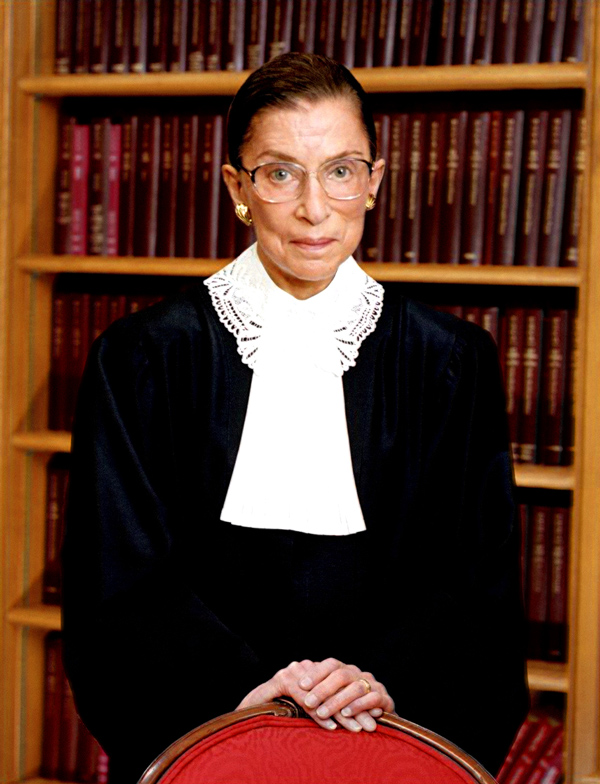
Though her name may hardly be known today, she was in a sense the woman who put the “first” in first lady.
Indeed, Helen Louise Herron Taft – a former Cincinnati teacher whose husband, William Howard Taft, served as president from 1909 to 1913 – began many of the traditions we associate with first ladies in their roles as the sociocultural heart of the White House.
It was “Nellie” Taft who became the first first lady to participate in the Inauguration Day parade, which she did despite inclement weather. Taft sat in on cabinet meetings, though she did not offer her opinions (at least not publicly). She received visitors three days a week in the Red Room; presided over musical events after state dinners; attended cultural events around the capital with the president; saw to it that he had a social relationship with his vice president and his wife, James S. and Carrie Sherman; inaugurated summer concerts by the United States Marine Band at West Potomac Park; and, perhaps most memorably, arranged with the Japanese government for more than 3,000 cherry blossom trees to be planted around the Tidal Basin and Capitol grounds – a gift we still savor every spring.
What is most remarkable about all of this is that Taft did it while suffering the effects of a stroke that affected her speech and right arm and leg. (Her four sisters pitched in during the recovery period.)
Is it any wonder then that she would be the first first lady to write a memoir and that it would be called “Recollections of Full Years”? Or that she would jump-start the Smithsonian’s collection of first ladies’ dresses in 1912 with her own creamy, Empire-style inaugural gown? The attractive Taft had the kind of looks, figure and style that easily transitioned from the hourglass shape of the Victorian era to the sleeker, more columnar fashions of the Edwardian period. This classic “Gibson Girl” – who favored the sky-high hair and hats of that time – could have easily been a muse for John Singer Sargent. And her 1910 White House portrait is indeed Sargent-esque, with Karl B.A. Kronstad capturing her in a swirl of tulle that also nodded to Thomas Gainsborough (the addition of her grand home, in this case the White House, in the upper left-hand corner).
The Spanish-speaking Taft would have other firsts – first first lady to own and drive a car, to be the wife of a president and the chief justice of the Supreme Court, a position her husband held from 1921 until his death in 1930; to support women’s suffrage; to champion safe federal workplaces; and, when she died on May 22, 1943 a month short of her 82nd birthday, to be buried beside her husband at Arlington National Cemetery.
More important, Taft understood that style is more than skin deep.
Tags: Smithsonian Institution, first ladies, first ladies’ style, Washington, D.C., cherry blossoms, Helen Louise Herron Taft, William Howard Taft, Smithsonian Collection of first ladies’ dresses

